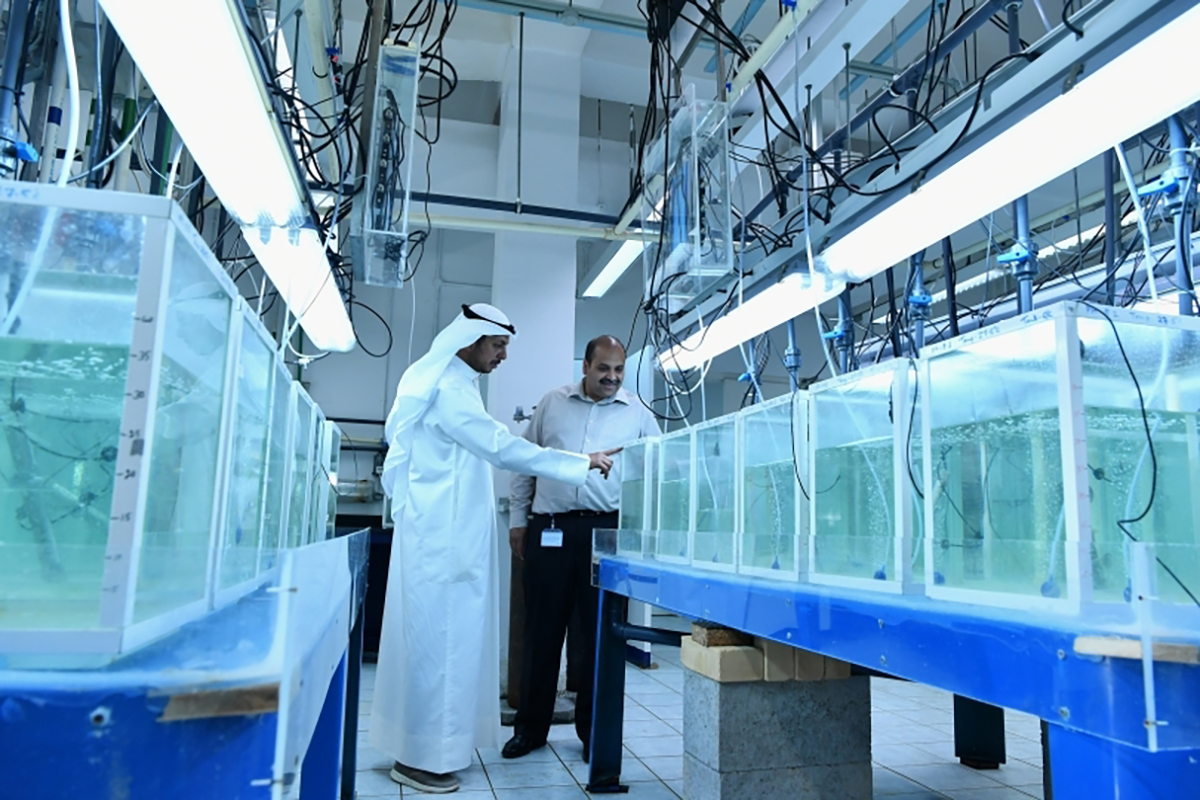Beyond the study of marine pollutants, Uddin said that nuclear techniques also play a key role in our ability to better understand how climate change directly affects growth in marine organisms. In a different study on copepods, Uddin increased the water’s acidity and temperature over the course of a year. Uddin found that the copepods were able to adapt to the changing conditions over 14 generations.
In another study, Uddin raised shrimp in increasingly acidic water conditions, similar to those modelled in advanced climate change scenarios. A radiotracer, calcium-45, helped to determine how ocean acidification affects the transparency of shrimp’s exoskeletons, an indicator of their health. Uddin found that, while the size of the shrimp did not change between generations, the shrimp were less efficient and consumed twice as much food in order to reach their regular weight.
“What we’re seeing is not all doom and gloom for marine life if the effects of climate change come over a long enough period of time. In our studies we see copepods and shrimp adapt to climate change across generations,” Uddin said.









